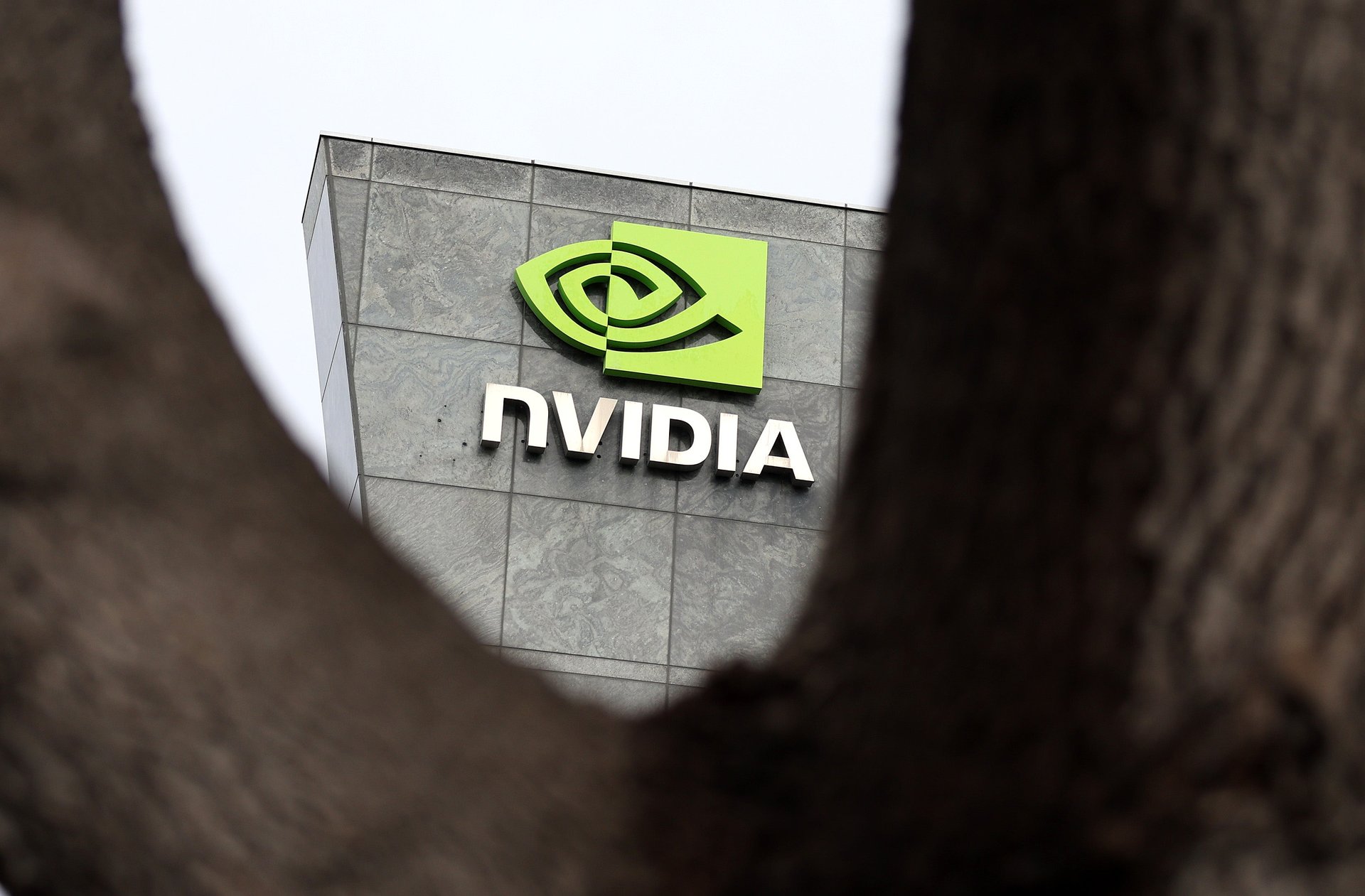Is Nvidia stock in a bubble that will burst? Wall Street can't make up its mind
Analysts at top firms ranging from JPMorgan to Goldman Sachs disagree on whether the AI craze will turn out like the dot-com era — or if it's a bubble at all

When it comes to Nvidia’s huge rally to become the third-most valuable company in the world, Wall Street analysts have mixed opinions. Some think the AI chipmaker’s successes will only continue — while others think it’s a bubble ready to burst.
Suggested Reading
Looking at the five stages of a stock market bubble, it certainly seems that Nvidia has blown through the first three: displacement, boom, and euphoria. Some Wall Street analysts have likened Nvidia to Cisco Systems during the dot-com era’s boom and bust. D.A. Davidson analysts wrote that Nvidia’s position in the AI market is just like Cisco’s in the early days of the internet, writing in a January note that “the scale at which expectations [for Nvidia] have ballooned, resulting in a conflated valuation of the business, makes it hard for us to recommend buying the stock at these price levels.”
Related Content
Nvidia’s value has only continued to grow since the company beat analysts’ super-high earnings expectations and the stock soared.
Bulls raved about its success, with analysts at Rosenblatt and KeyBanc setting their price targets for Nvidia over $1,000. Nvidia stock closed up 3.6% on Monday to $852 per share and is up more than 70% in 2024.
Nvidia proponents have scoffed at the dot-com bubble comparison.
“When we had the internet bubble the first time around… that was hype,” JPMorgan CEO Jamie Dimon told CNBC late last month. “This is not hype. It’s real.”
Nasdaq data supports Dimon’s view (so far). Just about 1% of Nvidia’s publicly available shares are being sold short, according to The Wall Street Journal.
“[I]n contrast with the late ’90s, we believe the valuation of the Magnificent 7 is currently supported by their fundamentals,” wrote Goldman Sachs’ strategist David Kostin on Monday.
“The AI bubble is not in trouble, and, if anything, [Nvidia] earnings performance suggests that it is less of a bubble to begin with,” a team of quantitative strategists at Citigroup said in a recent study. And Bank of America analyst Vivek Arya reiterated his “buy” rating of the stock on Feb. 27.
Still, D.A. Davidson analyst Gil Luria told Quartz he expects demand for Nvidia chips to come down over the next four to six quarters. And while JPMorgan’s chief and its analysts don’t see Nvidia falling to earth any time soon, a quarter of JPMorgan clients polled by the bank last week said they think Nvidia is in a bubble, according to a note shared with Quartz.
Apollo Global Management’s chief economist agreed. “The top 10 companies in the S&P 500 today are more overvalued than the top 10 companies were during the tech bubble in the mid-1990s,” Torsten Sløk wrote on The Daily Spark Feb. 25.
Their concerns? Nvidia’s sales are concentrated among only a few buyers. For example, Microsoft accounted for more than 20% of Nvidia’s second-quarter revenues last year. But Luria expects that “Microsoft will begin to diverge [its] heavy reliance on Nvidia hardware, and move those investments into the development of their own AI accelerator Maia as well as other competitor products.”
Indeed, Microsoft announced Feb. 21 that it would partner with Intel, not Nvidia, to make more chips.
At least for now, there’s no clear consensus, and arguments for both sides appear valid.
Wall Street will have to agree to disagree.
